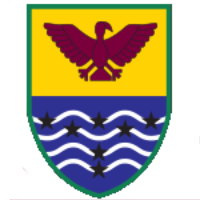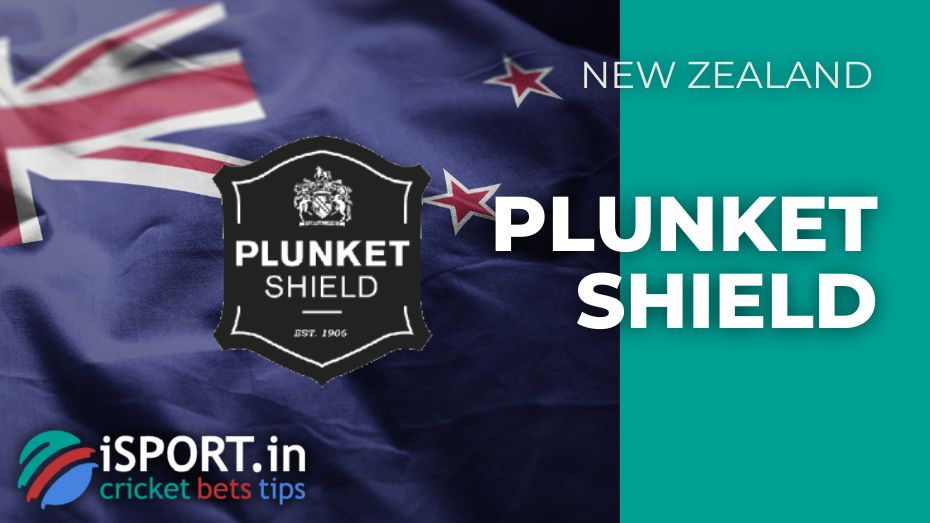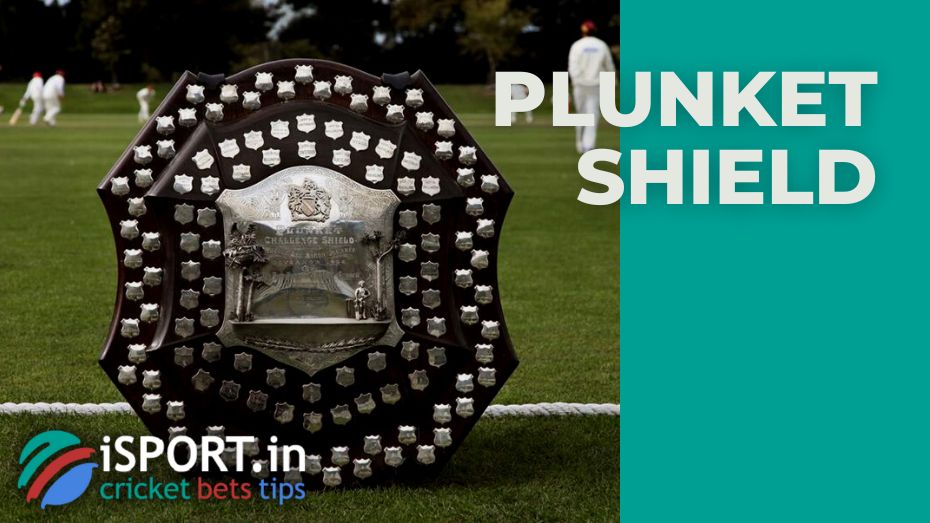Plunket Shield

Plunket Shield: participating teams






Plunket Shield - New Zealand's premier cricket tournament

Cricket in New Zealand dates back to the middle of the 19th century. In 1894, when the country had a sufficient number of cricket clubs, statesmen decided to create a general New Zealand Cricket Council. Another 12 years later, a first-class championship was formed in New Zealand – the Plunket Shield. Initially, the tournament consisted of 4 main teams of the country. Until the 1920s, the competition was held according to the system of transitional matches (knockout). From the 1921 season, standings appeared in the championship, and the teams began to play against each other in a round system. Ee look at the history of the tournament and the basic rules of Plunket Shield in this article.
Plunket Shield – Story & Game Points
Officially, it all started with the creation of the New Zealand Cricket Council in the late 19th century. It was decided to form a professional cricket council in 1894 in the city of Christchurch at a congress of 12 delegates. Heathcote Williams became inaugural president, and Charles Smith became his secretary. The main task of the NZC was to promote and coordinate cricket in New Zealand and organize domestic and international matches.
Thanks to the New Zealand Cricket Council, as well as the initiative of the Governor General of New Zealand – 5th Baron William Plunket, the Plunket Shield was introduced to the country in 1906, which became the main title of the new and only cricket tournament at that time – the Plunket Shield.

Even before the start of the debut season, by decision of the NZC, the Shield was awarded to the Canterbury team, as they were the only provincial team to beat the English club Marylebone Cricket Club in 1907. Of course, some challenged this decision. For example, the Auckland cricket club. Representatives of this team complained that their team was the best in all of New Zealand, but they had no opportunity to prove it because none of the other provincial clubs played with Auckland during the season.
The winner of Plunket Shield was determined by control matches between 4 major teams in 1906-1921: Auckland, Wellington, Canterbury, Otago. In addition, players from Hawke’s Bay competed for the title of the best club (today, the team plays at the amateur level) in 1914 and 1920.
The Council had been talking about starting round-robin matches back in 1912. However, the initiative was rejected at that time due to limited resources and the impossibility of creating such a format. Everything changed in the 1921-1922 season.
The last winner of the old and 1st champion of the new format was the Oakland Cricket Club. The interest in the tournament was manifested in the fact that almost all teams were prepared at the same level. Therefore it was very difficult to predict who will be the champion of the next season.

Due to the Second World War, in 1940-1945, the tournament was not held. In 1947, the International Cricket Council (then the Imperial Cricket Conference) formally introduced the concept of first-class cricket. Two points were clarified: what requirements for the first-class status should be and that each country’s governing body determines the status of matches and their teams. To be recognized as first-class for the game, it is necessary:
- The match must take place for 3 or more days;
- Each team playing in the match has a minimum of 11 people in the application;
- Each side can play two innings;
- The game is played only on natural fields;
- Matches are played at venues that meet certain standard venue criteria;
- The main rule is that the match is following the Laws of Cricket.
The Plunket Shield tournament fits these criteria. It means that this championship and all the clubs that participate in the championship have been awarded the first-class status. Six teams were already fighting for the Shield in the 1950s. The Central Districts group was formed from 8 administrative districts of New Zealand in 1950, and the Northern Districts club emerged from 6 more districts in 1956.
The multinational oil and gas company Sheil Oil became the main sponsor of the tournament in 1974. The teams were presented with a new trophy from that moment. Until 2001, the games were held for three days. But throughout the sponsorship, they experimented with this format:
- Changing the innings.
- Appearing different bonus points systems.
- Trying to conduct the final elimination matches.
At the beginning of the XXI century, the first-class championship’s format and main sponsor (it became the State Insurance Company) were changed. The tournament became known as the State Championship. Then, each team played 4-day matches (one round) with the club. One hundred twelve overs were played per day. After all the teams played with each other, the two of them with the highest scores moved on and determined the winner among themselves in the 5-day final.
The name Plunket Shield was restored in 2009 when the State Insurance Company withdrew from sponsorship. The New Zealand Council said the rights to the name are no longer being sold. The ending of the competition also changed: the final matches were canceled.
Today, points are awarded at the end of each match during the season. The points system in Plunket Shield looks like this:
- The team won – 12 points. Lost – 0 points;
- Draw – 0 points;
- Tie – 6 points;
- Won match with one inning (provided that there are 10 or fewer hours of playing time left in the game) – 6 points;
- Draw in a match with one inning – 3 points;
- If the match was interrupted (for example, due to weather conditions) – 2 points;
- Betting points: 1st inning only to 110 overs. 1 point for 200 runs, 2 points – 250, 3 – 300, 4 – 350;
- Bowler Points: 1st inning only to 110 overs. 1 point – for 3 knocked-out wickets, 2 points – for 5, 3 points – for 7, 4 points – for 9.
Note that the award of tournament points may change with each season.

Plunket Shield – Winners Table
As you know, the champion was chosen in knockout matches until 1921, then on a round basis. We will compile a general table showing how many times the club has won the Shield before the 1921 season:
- the Auckland – 31 in total, 8 of them before the format change;
- the Wellington – 23 in total, of which 2 times before 1921;
- the Canterbury – 28 total, 8 of them in elimination matches;
- the Otago – 13 times in total;
- the Central Districts – 11 times in total;
- the Northern Districts – 8 times total.
The Canterbury team became the owner of the victorious Shield in 2021, which was ahead of the nearest opponent in the standings by 40 points.
